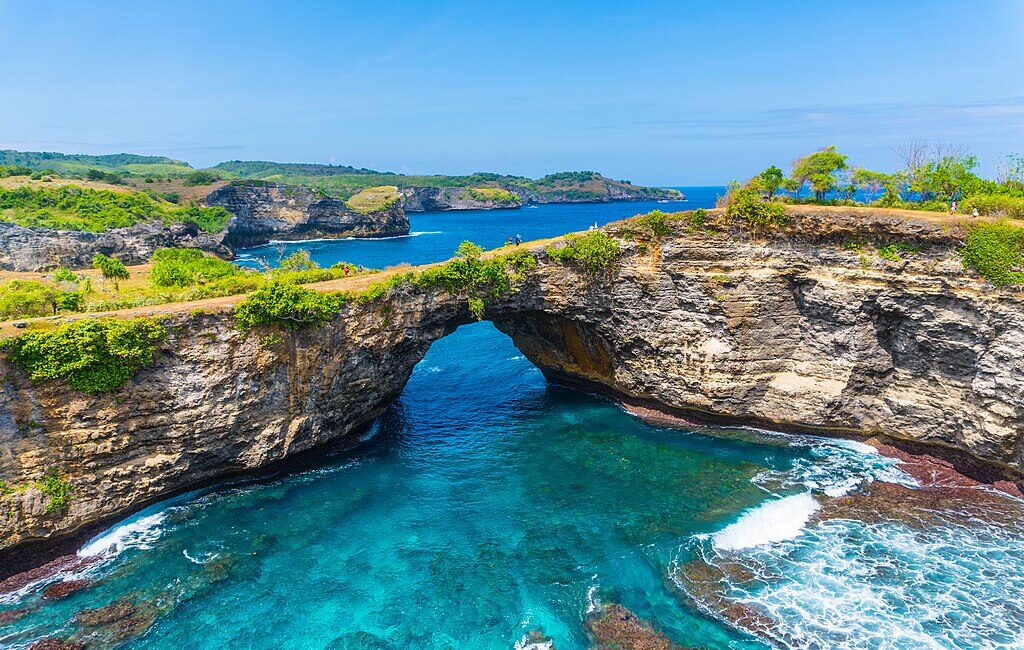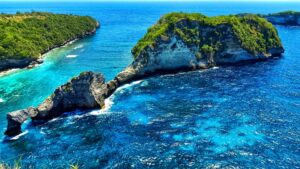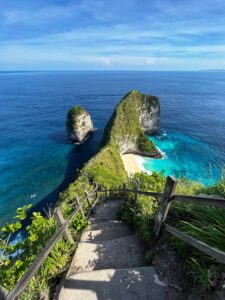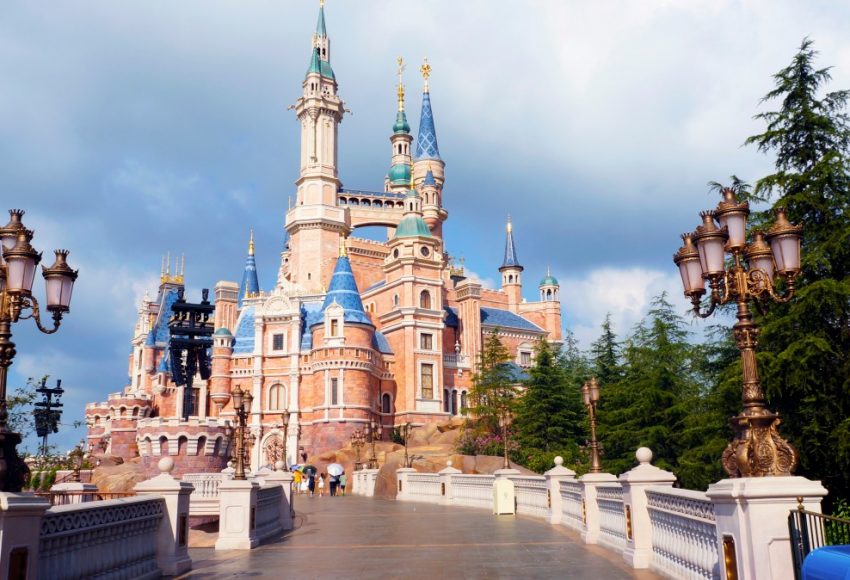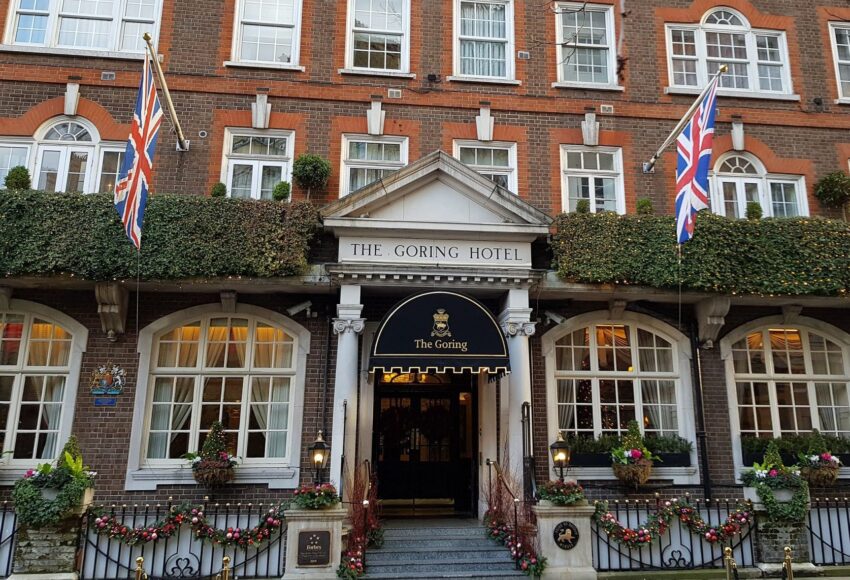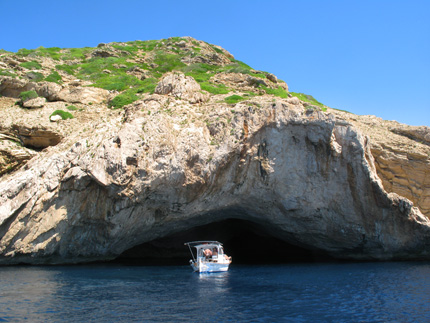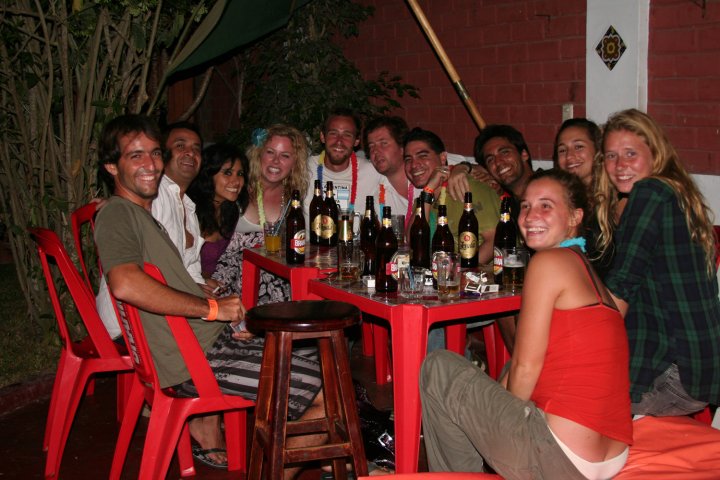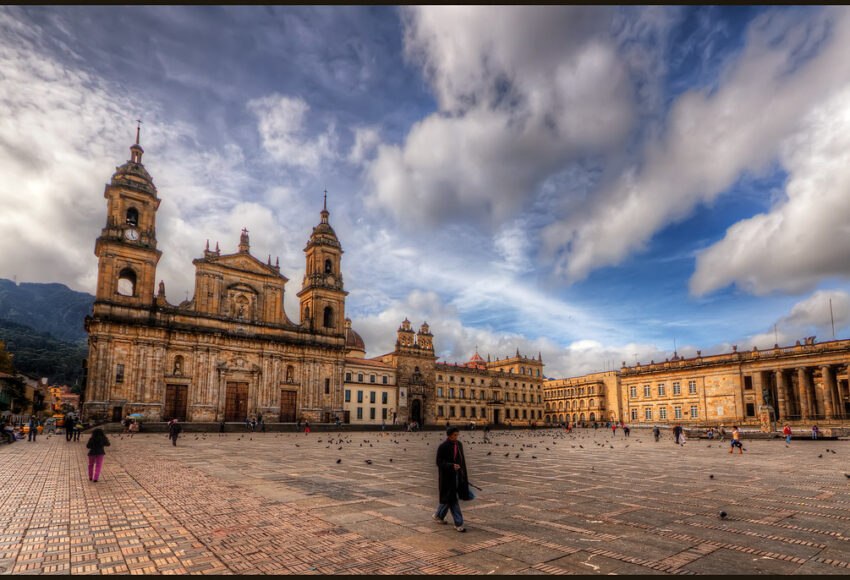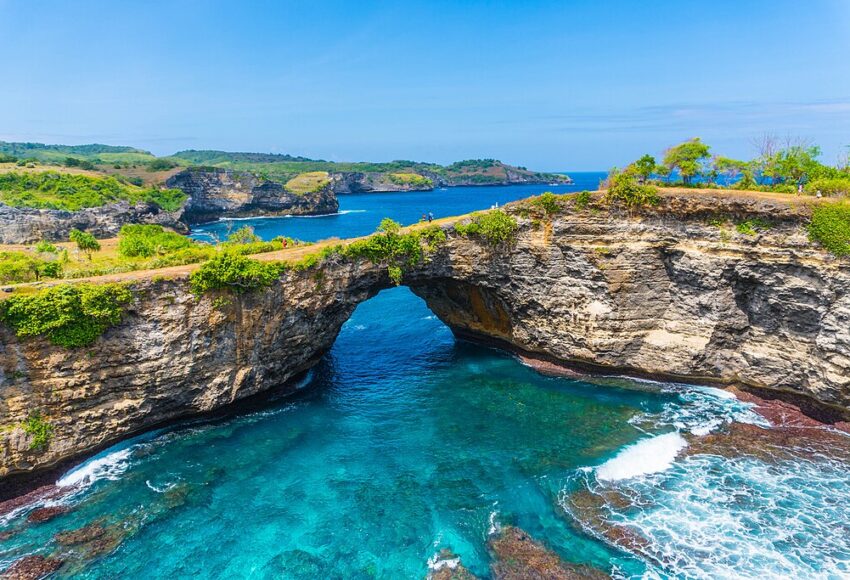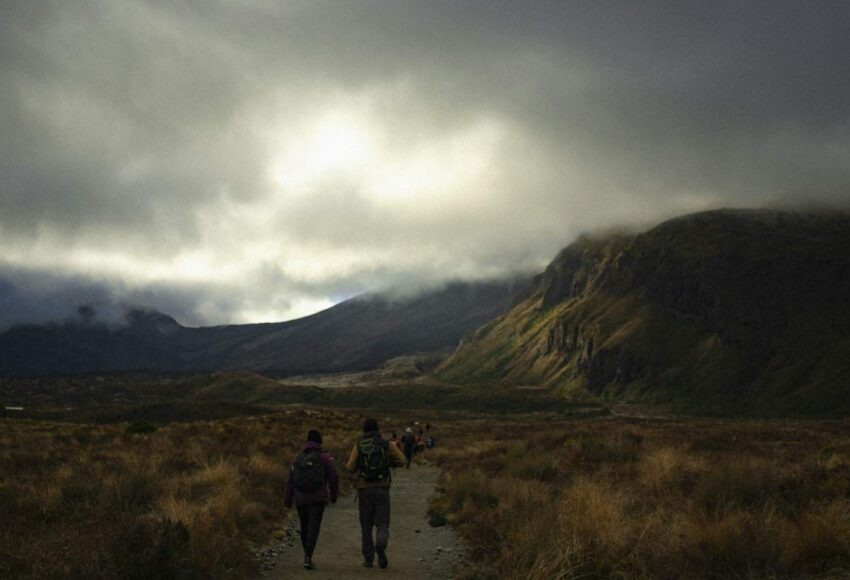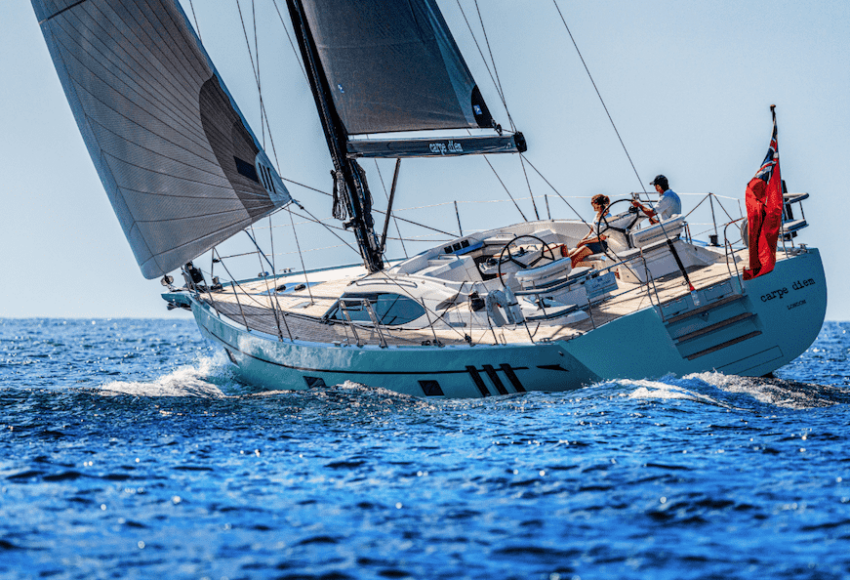introduction
Let’s not sugarcoat it—Bali’s great, but parts of it feel a little… curated. You land expecting beaches and temples, but you get queues and smoothie bowls. Then there’s Nusa Penida.
Nusa Penida isn’t trying to be perfect. It’s rugged, sometimes chaotic, often breathtaking—and maybe that’s exactly why it leaves such a mark. This guide isn’t about ticking things off a list. It’s more like sitting down with someone who’s just been there, eyes still wide from the cliffs, still trying to brush sand off their shoes.
We’ll talk getting there, what to expect, what not to do, and how to make the most of your time without wrecking the place—or yourself. Let’s get into it.
First Things First: What Even Is Nusa Penida?
It’s an island. Southeast of Bali. Not tiny, either—it’s the largest of the three Nusa Islands (alongside Lembongan and Ceningan), with dramatic cliffs, empty beaches, and a lot less development than its big sibling across the water. Some call it Bali before the tourists came. That’s a bit romanticized, but still, it’s got that feel.
The cliffs feel almost too steep to be real. The beaches? Half-hidden and usually involve some kind of “are-we-there-yet” hike. The sea? Loud, blue, moody. You get the idea.
Getting to Nusa Penida
From Bali (Sanur Port)
The usual route is from Sanur. Boats leave often, and the ride’s about 30–45 minutes depending on the sea. Most people book a fast boat—you’ll see names like Angel Billabong, Maruti, or Idola.
Prices? Anywhere from IDR 150,000 to 300,000 one way. You can book online or at the port. (Just… double-check return tickets. Schedules change, boats fill up.)
Now, public ferry vs. private speedboat—it’s basically time versus comfort versus price. Public ferries are slower but cheaper. Speedboats are faster, yes, but seats fill fast and the ride can be bumpy.
Mornings are better. Less wind, calmer seas. Less chance you’ll end up gripping the seat in quiet panic.
From Nusa Lembongan or Nusa Ceningan
If you’re island-hopping, it’s a short ride from Lembongan or Ceningan. A lot of tours combine the three islands, so you can dip into each. No need to overthink this part—it’s all very local and informal but works out fine.
Arriving in Nusa Penida
There are a few ports: Toyapakeh, Buyuk, or Banjar Nyuh. Doesn’t really matter which—just be clear with your boat operator where you’re going.
Once you land, transport is key. Scooters are popular (IDR 70,000–100,000/day), but unless you’re confident on bumpy, narrow, sometimes frankly terrifying roads, consider hiring a private driver. Around IDR 600,000/day is standard. And honestly? It can be worth it.
So, When’s the Best Time to Go?
Honestly, dry season (April–October) is what you want. Good light, calm seas, easy hikes. If you’re into snorkeling or diving, it’s prime time. Wet season (November–March) has its charm—fewer people, greener hills—but trails can get muddy, and boat rides? Not always fun.
Peak times (July, August) bring bigger crowds and higher prices. If you can swing it, May or September are that sweet spot—not too busy, not too wet.
Let’s Talk Highlights—Because There Are A Lot
West Nusa Penida
- Kelingking Beach
The “T-Rex” cliff. You’ve seen it, even if you don’t know the name. The view is insane. The hike down is… challenging. But doable. Just wear proper shoes and don’t rush it. - Angel’s Billabong & Broken Beach
Right next to each other. One’s a natural infinity pool (careful during high tide), the other’s a collapsed sea cave with a surreal arch. It’s like nature was showing off. - Crystal Bay
Great for snorkeling and chilling. Sunsets here hit different. Bring a towel. Stay a while.
East Nusa Penida
- Diamond Beach & Atuh Beach
White sand, turquoise water, steep stairs. Both beaches are stunners. Take water. You’ll need it on the climb back up. - Thousand Islands Viewpoint (Pulau Seribu)
You’re standing on a cliff looking at islands floating like they’re not even real. There’s also a treehouse here—Rumah Pohon—which people love for the ‘Gram, but the views alone are worth it. - Teletubbies Hill
Yep, the name’s weird. The hills are round and green and kinda look like the show. It’s a fun stop, not a must-do, but peaceful.
North Nusa Penida
- Gamat Bay
Quiet, great for snorkeling—especially if you want to spot manta rays. Less crowded than Crystal. - Pura Ped
A sacred temple perched on the coast. Locals say it’s spiritually powerful. Worth a quiet visit even if you’re not temple-hopping.
What to Actually Do on the Island
- Snorkeling & Diving
Manta Point is where you’ll (hopefully) swim with manta rays. Crystal Bay and Gamat Bay are also solid spots. Tours run daily. - Hiking & Exploration
A lot of the island’s gems are hidden behind hikes. Kelingking and Peguyangan Waterfall both ask a lot of your legs. The reward? Views and peace. - Temple Visits
Pura Goa Giri Putri is inside a cave. Yep, a temple in a cave. Bring a sarong, and watch your head on the entrance—it’s tiny. - Photo Spots
If you’re into photography, Rumah Pohon, Kelingking, and the viewpoints in the east are gold. Sunrise or sunset light makes all the difference.
Where to Stay
It depends on your vibe and budget.
- Budget (200k–500k IDR): Guesthouses and homestays, usually in Toyapakeh. Simple, clean, local.
- Mid-range (600k–1.5M IDR): Beachfront bungalows, small resorts. Comfortable and aesthetic.
- Luxury (2M+ IDR): Cliffside villas, infinity pools, ocean views. If you’re going all in, this is it.
Crystal Bay area is great for west-side access. If you’re planning more east-side exploring, Atuh Beach or surroundings might make more sense.
A Few Real-World Tips
- Driving is no joke. Roads are narrow, often broken, and steep. If you’re not super confident on two wheels, just don’t. Drivers are easy to hire.
- Pack smart. Sunscreen (reef-safe), decent shoes, a waterproof bag for your phone, and layers for early morning rides.
- Cash rules. A few ATMs exist, but they’re not reliable. Bring cash. A decent chunk. Some places don’t take cards.
- Connectivity. Wi-Fi is patchy. Grab a local SIM with data if you’re staying a few days.
- Be respectful. Temples require proper dress. Don’t touch offerings. And skip single-use plastics whenever possible.
Some Itinerary Ideas
- One Day: Kelingking → Broken Beach → Crystal Bay. Tight but doable.
- Three Days: Add the east coast—Diamond Beach, Atuh, Rumah Pohon—and a snorkel trip.
- Five Days: Do it all. Chill. Explore the north, hike more, visit temples. You won’t get bored.
Questions That Come Up (A Lot)
Is it safe to go solo?
Yes. Just keep someone in the loop, drive carefully, and stay aware.
Can I do it as a day trip?
Technically, yes. But it’ll be rushed. At least one night gives you breathing room.
Medical stuff?
There are clinics, but nothing major. Anything serious means heading back to Bali.
How do I avoid the crowds?
Go early. As early as you can. Or late afternoon. Most tours hit places mid-morning to early afternoon.
Final Thoughts
Nusa Penida isn’t for everyone. It’s wild, not always comfortable, and sometimes asks for more effort than you expect. But if you lean in—really lean in—you’ll come back with stories. Real ones. Not just filtered sunsets.
Just… give yourself time. And grace. Things won’t always go to plan, and maybe that’s the point.
If you’ve been, I’d love to hear what stuck with you most. And if you’re still planning, feel free to drop questions. Happy to help, or at least tell you what not to do

